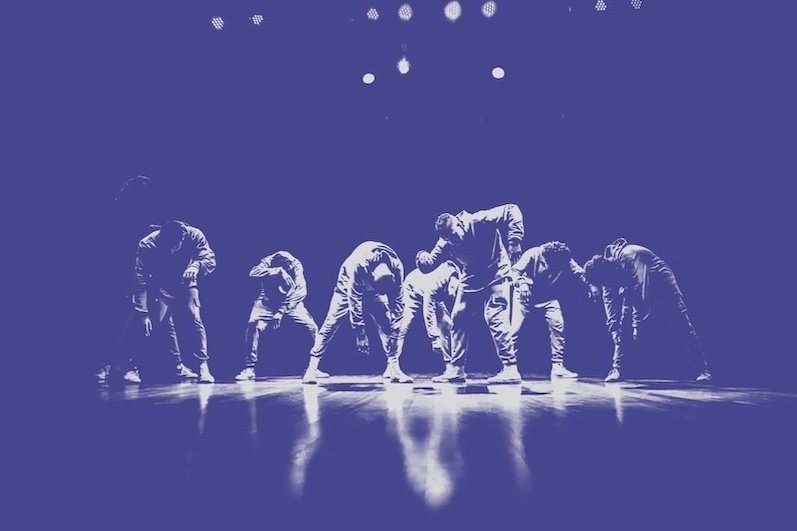What is it about?
Using multiple living standard surveys, the study looks into the parental biases in various forms of education expenditure of their children based on their gender in Nepal.
Featured Image
Why is it important?
Our findings show that parents tend to spend more on boys than girls. This bias is primarily reflected in the tendency of parents to favor private school enrollments for boys vis-a-vis girls. The findings show that government policies now need to move beyond prioritizing school enrollments and should also focus on ensuring high-quality education at public schools.
Perspectives

Policy makers in developing countries, till date, have mostly focused in prioritizing parity in enrollments when in fact . However there are various other avenues through which inequality in gender outcomes in education can persist. This article attempts to examine one such area through which gender inequality in education can be measured.
Shaleen Khanal
Read the Original
This page is a summary of: Gender Discrimination in Education Expenditure in Nepal: Evidence from Living Standards Surveys, Asian Development Review, March 2018, The MIT Press,
DOI: 10.1162/adev_a_00109.
You can read the full text:
Contributors
The following have contributed to this page







